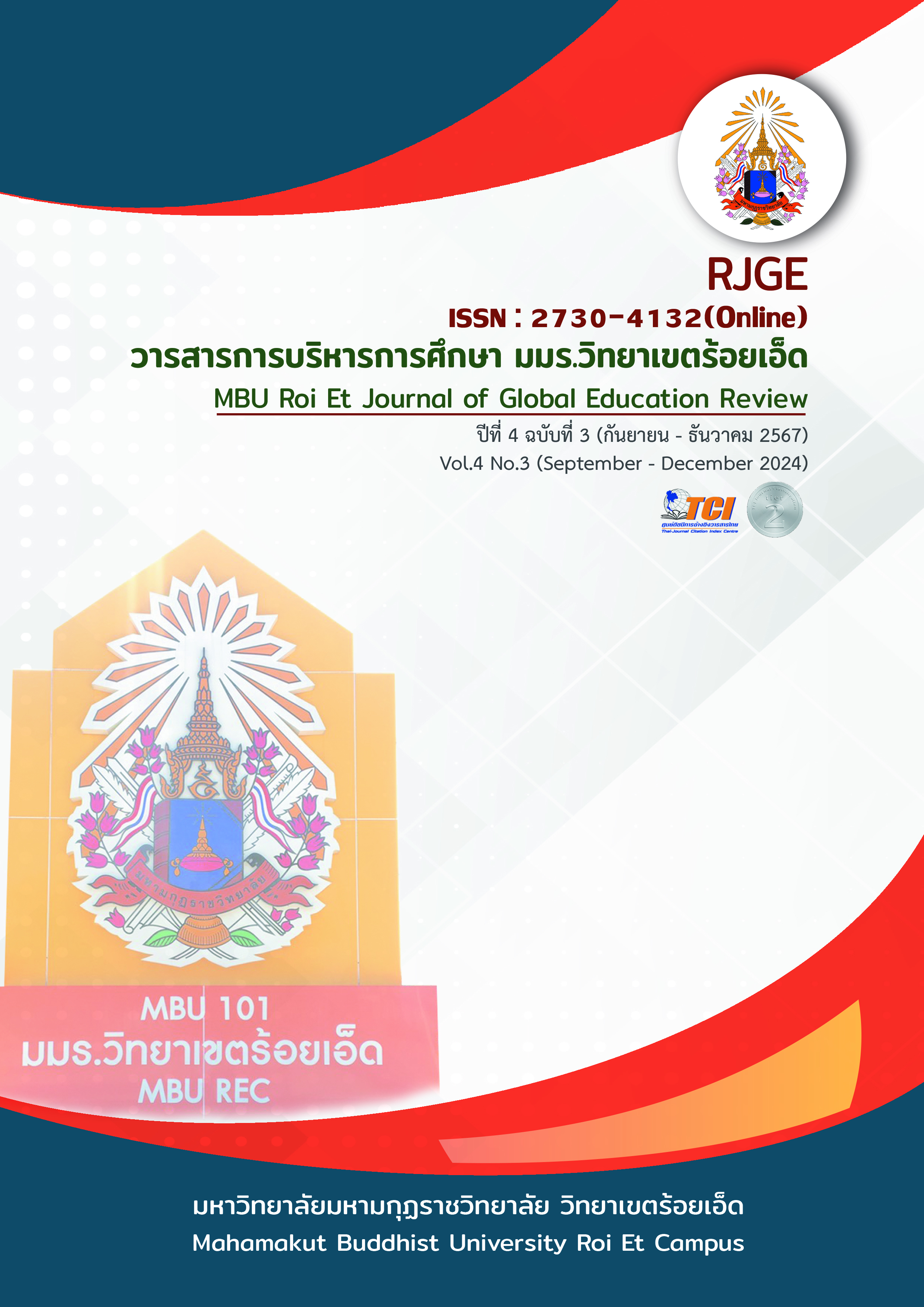ศูนย์การเรียนวิทยาศาสตร์ ระดับประถมศึกษา
ELEMENTARY SCIENCE LEARNING CENTER
Abstract
ศูนย์การเรียนวิทยาศาสตร์ช่วยพัฒนาให้นักเรียนเกิดการเรียนรู้ด้วยตนเอง เป็นแหล่งความรู้ที่เปิดโอกาสให้นักเรียนได้ค้นคว้าและลงมือปฏิบัติตามความสนใจ ส่งเสริมให้นักเรียนมีเจตคติที่ดีต่อการเรียนวิทยาศาสตร์ การวิจัยนี้จึงมีวัตถุประสงค์ในการพัฒนาและประเมินศูนย์การเรียนวิทยาศาสตร์ ระดับประถมศึกษา โดยความเห็นชอบจากทางโรงเรียนราชวัตรวิทยา มีการแต่งตั้งคณะกรรมการพัฒนาศูนย์การเรียนวิทยาศาสตร์ การสอบถามความคิดเห็นเกี่ยวกับความต้องการในการพัฒนาศูนย์การเรียนวิทยาศาสตร์ จากครูที่สอนวิทยาศาสตร์ระดับประถมศึกษาทุกคน ซึ่งมีจำนวนทั้งสิ้น 7 คน นำข้อมูลที่ได้มาออกแบบและพัฒนาศูนย์การเรียน ประชาสัมพันธ์การเข้าใช้งานศูนย์การเรียน และประเมินการเข้าใช้งาน จากคณะครู และนักเรียน จำนวน 80 คน
ผลการวิจัยพบว่า 1) ได้ศูนย์การเรียนวิทยาศาสตร์ที่มีการแบ่งพื้นที่เป็น 5 ส่วน ได้แก่ มุมหนังสือ มุมสืบค้นออนไลน์ พื้นที่สำหรับปฏิบัติและทดลอง พื้นที่เตรียมสอนสำหรับครู และบอร์ดความรู้มีกิจกรรมสำหรับฝึกปฏิบัติและทดลอง จำนวน 8 กิจกรรม 2) ครู และนักเรียนมีความเห็นว่า ศูนย์การเรียนวิทยาศาสตร์ที่พัฒนาขึ้นมีความเหมาะสมมาก
The Science Learning Center aims to promote self-directed learning among students by providing a resourceful environment where they can explore and engage in hands-on activities based on their interests. It fosters positive attitudes towards science learning. This research aims to develop and evaluate a Science Learning Center for elementary students with the approval of Ratchawat Wittaya School. A committee was established to oversee the development of the center, and feedback on its improvement was gathered from seven elementary science teachers. The collected data was used to design and develop the center, promote its use, and evaluate its effectiveness with input from 80 teachers and students.
The research findings include: 1) A Science Learning Center was developed, comprising five distinct areas book corner, online research corner, practical experiment area, teaching preparation area for teachers, and knowledge board. Additionally, eight hands-on activities were designed for students. 2) Both teachers and students found the developed Science Learning Center to be highly appropriate and beneficial.
References
ชัยยงค์ พรหมวงศ์ และคณะ. (2539). นวัตกรรมการศึกษา ในเอกสารการสอนชุดวิชาเทคโนโลยีและการสื่อสาร หน้าที่ 9-15. นนทบุรี : มหาวิทยาลัยสุโขทัยธรรมาธิราช.
นนทลี พรธาดาวิทย์. (2559). การจัดการเรียนรู้แบบ Active Learning. กรุงเทพฯ : ทริปเพิ้ลเอ็ดดูเคชั่น.
วรพงศ์ ผูกภู่. (2561). องค์ประกอบการพัฒนาแหล่งการเรียนรู้. สืบค้นเมื่อ 5 เมษายน 2566. จาก https://www.randdcreation.com/content/
สิรินภา กิจเกื้อกูล. (2565). การจัดการเรียนรู้วิทยาศาสตร์. พิษณุโลก : สำนักพิมพ์มหาวิทยาลัยนเรศวร.
เสริมศรี ไชยศร. (2541). พื้นฐานการสอน. เชียงใหม่ : ลานนาการพิมพ์.
อักษรเจริญทัศน์. (2562). วิชาวิทยาศาสตร์ หนึ่งในวิชาสำคัญที่มีบทบาทต่อสังคมโลก. สืบค้นเมื่อ 5 เมษายน 2566. จาก https://www.aksorn.com/ac1-science-important-to-the-global-society
Edward Deci and Richard Ryan. (1985). Intrinsic Motivation and Self-Determination in Human Behavior. New York : Springer Nature.
Jean Piaget. (1954). The Construction of Reality in the Child. New York : Basic Books.


